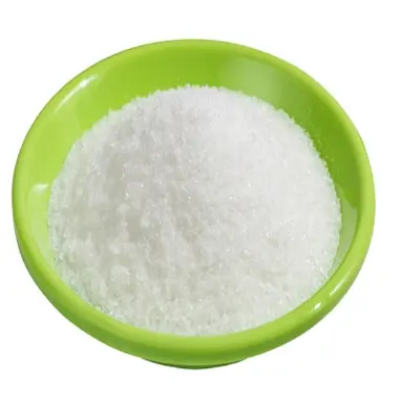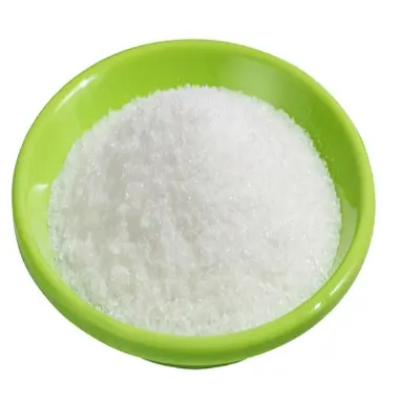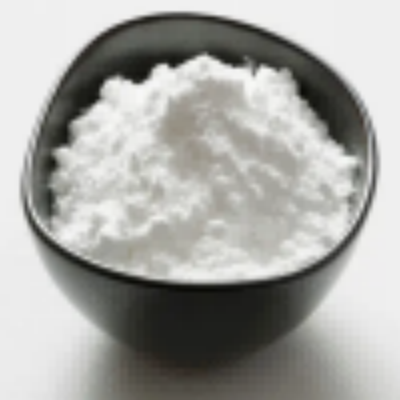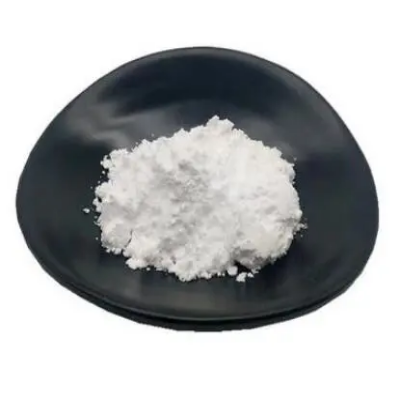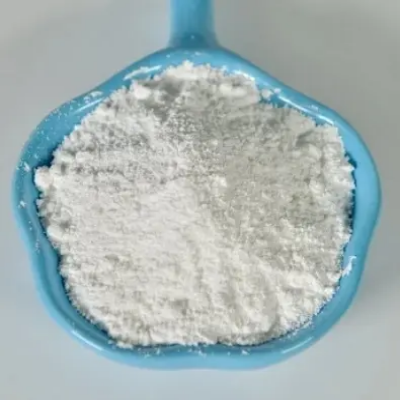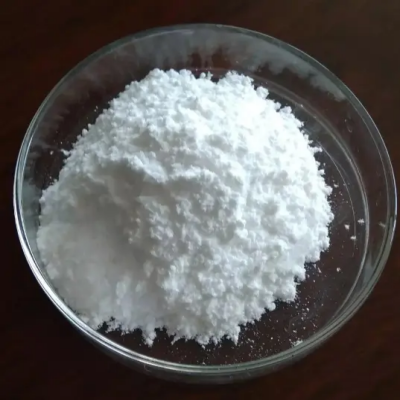(R)-3-Piperidinamine dihydrochloride CAS:334618-23-4
(R)-3-Piperidinamine dihydrochloride is synthesized through a controlled chemical process starting from commercially available piperidine. The introduction of the amino group at the 3rd position and subsequent formation of the dihydrochloride salt are achieved via selective reactions under specific conditions. The purity and yield of the product are critical for ensuring its efficacy as an intermediate in further synthetic transformations. Synthetic Routes The synthesis of (R)-3-Piperidinamine dihydrochloride typically begins with piperidine as the starting material. The amino group is introduced through nucleophilic substitution or reductive amination, followed by treatment with hydrochloric acid to form the dihydrochloride salt. These synthetic steps are meticulously controlled to achieve high purity and yield, essential for its subsequent use in pharmaceutical synthesis. Chemical Reactivity (R)-3-Piperidinamine dihydrochloride exhibits significant chemical reactivity due to the presence of the amino group and the piperidine ring. This reactivity allows it to participate in various organic transformations, including amidation, acylation, and cyclization reactions. Such versatility enables the synthesis of complex organic molecules and pharmaceutical intermediates with tailored biological activities. Applications in Pharmaceutical Chemistry In pharmaceutical chemistry, (R)-3-Piperidinamine dihydrochloride serves as a crucial intermediate for the synthesis of pharmaceuticals targeting diverse therapeutic areas. Its ability to undergo selective modifications allows researchers to fine-tune molecular structures, optimizing pharmacological properties such as potency, selectivity, and bioavailability. This versatility makes it a valuable tool in drug discovery and development processes. Conclusion (R)-3-Piperidinamine dihydrochloride occupies a central position in organic synthesis and pharmaceutical chemistry, owing to its structural versatility and synthetic utility. Its controlled synthesis and chemical reactivity facilitate the preparation of complex molecules essential for advancing therapeutic interventions. Ongoing research continues to explore its synthetic applications and expand its role in the development of novel pharmaceutical agents, underscoring its significance in modern chemical research and drug discovery efforts.



| Composition | C5H13ClN2 |
| Assay | 99% |
| Appearance | white powder |
| CAS No. | 334618-23-4 |
| Packing | Small and bulk |
| Shelf Life | 2 years |
| Storage | Store in cool and dry area |
| Certification | ISO. |


